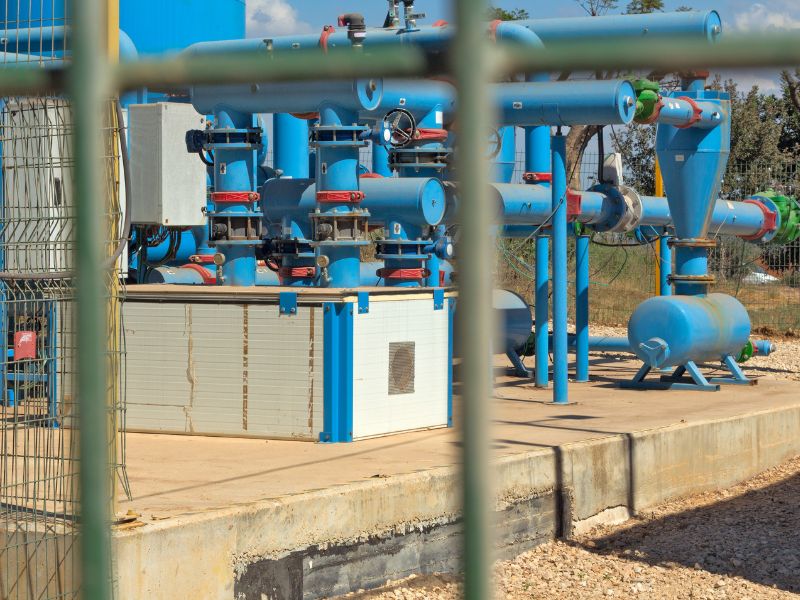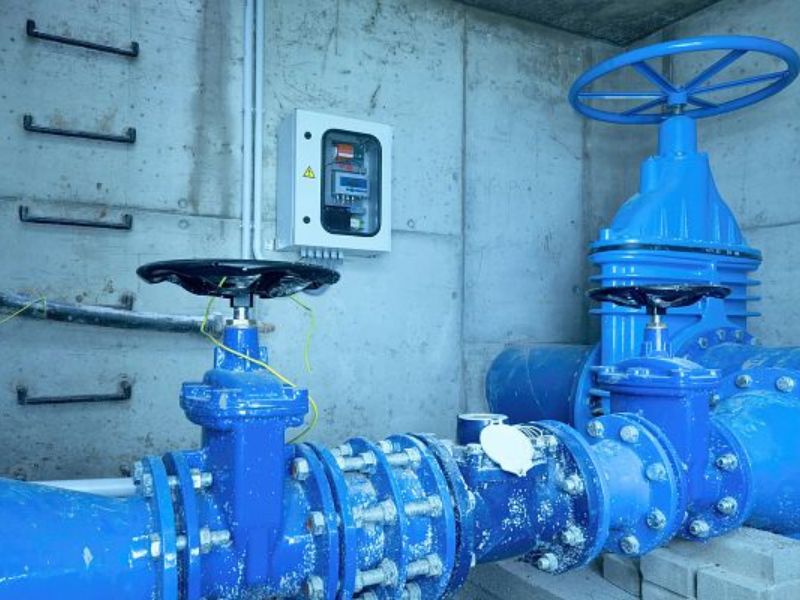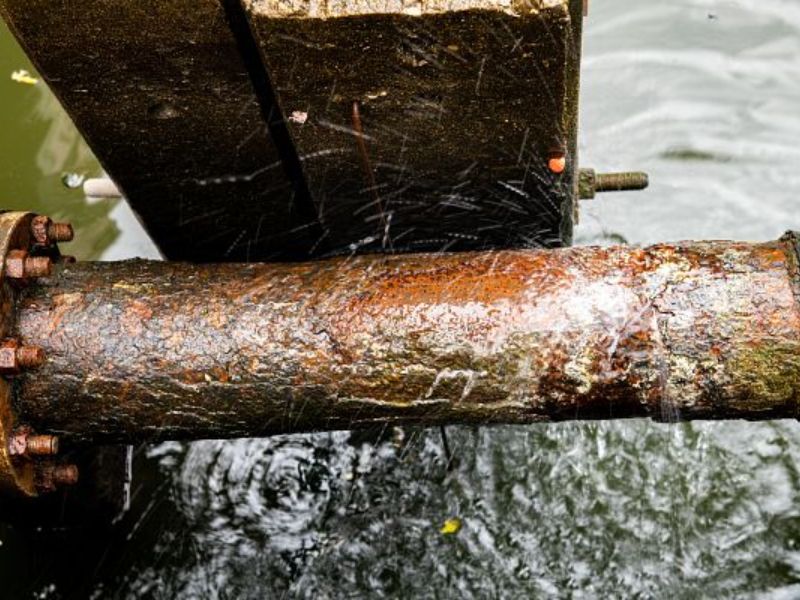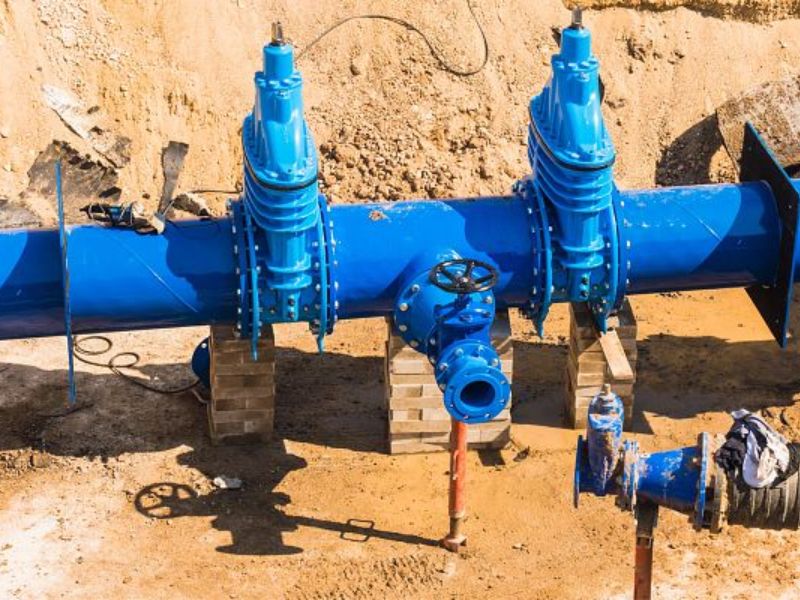The water supply industry is facing increasing pressure to control operational costs while complying with strict water quality regulations. To meet these demands, companies can no longer rely solely on traditional monitoring methods; they must adopt real-time water quality monitoring technology. Real-time monitoring using water quality sensors optimizes resources, reduces operational costs, and ensures that water quality consistently meets standards.

The Importance of Real-Time Water Quality Monitoring
Remote monitoring through water quality sensors allows businesses to respond quickly to changes in water sources while improving water management and treatment efficiency. The continuous data collected can be integrated into SCADA systems or analytical software to support precise decision-making, replacing time-consuming and costly manual sampling methods.
1. Strict Water Quality Control and Process Optimization
Water supply systems cannot operate under a “set it and forget it” model. Every minor adjustment—whether controlling pump flow, managing chemical dosages, or flushing pipelines—directly impacts water quality and operating costs.
With real-time monitoring sensors, operators can track key parameters such as:
✔ Chlorine levels – Ensuring effective disinfection without exceeding safe limits for human health.
✔ Turbidity – Early detection of contamination risks, enabling timely interventions.
✔ pH, nitrate, and phosphate levels – Controlling pipe corrosion and maintaining water quality stability.
This data allows companies to proactively adjust treatment processes, reduce chemical wastage, maintain water stability, and ensure compliance with quality standards.

2. Protecting Public Health and Minimizing Contamination Risks
One of the biggest challenges in water supply management is maintaining stable chlorine levels in distribution networks. If chlorine levels are too low, bacteria can proliferate; if too high, the water may develop an unpleasant odor and pose health risks.
Additionally, real-time monitoring technology helps track disinfection by-products (DBPs)—compounds that form when chlorine reacts with organic matter in water. If DBP levels exceed safety thresholds, the system immediately issues alerts, enabling operators to adjust chlorine dosing and reduce contamination risks.
Furthermore, monitoring pH levels is crucial in preventing pipe corrosion, limiting the infiltration of heavy metals into the water supply, and ensuring safe drinking water for consumers.
3. Energy Savings and Water Loss Reduction
A significant advantage of real-time water quality monitoring is optimizing water pumping and flushing operations, significantly reducing energy costs.
For example, when water remains stagnant in storage tanks or pipelines for too long, chlorine levels may drop, allowing bacteria to grow. Instead of flushing water at fixed intervals—a costly and wasteful method—sensor-based systems determine the optimal flushing time, often during off-peak hours when electricity rates are lower.
As a result, companies save on electricity costs, minimize unnecessary water loss, and enhance overall operational efficiency.
4. Proactive Water System Maintenance and Issue Prevention
Water infrastructure components such as pipelines, storage tanks, and valves require regular maintenance to ensure smooth operation. Instead of reacting to breakdowns, real-time monitoring sensors help detect early warning signs, such as:
🔹 Pipe corrosion due to unstable pH levels.
🔹 Saltwater intrusion into the supply network, affecting water quality.
🔹 Lead contamination detected through conductivity and corrosion inhibitor monitoring.
With this data, companies can proactively schedule maintenance, minimize repair costs, and extend the lifespan of their water distribution systems.

Integrating Data for Smarter Operations
The combination of water quality sensors and data analytics software represents a major advancement in water management. These software solutions help companies:
- Analyze water quality trends to predict and address potential issues before they arise.
- Optimize pumping schedules to prevent prolonged water stagnation in pipelines.
- Make timely decisions regarding chemical adjustments and flushing operations.
By leveraging real-time monitoring and data analytics, water supply companies can respond faster to water quality changes, reduce customer complaints, and enhance service reliability.
Implementing Real-Time Monitoring in Water Supply Companies
Despite the clear benefits of real-time water quality monitoring, its adoption remains limited in many water utilities. The main challenges include:
- Resistance to change, as traditional methods are still functioning adequately.
- Lack of awareness regarding the efficiency and long-term benefits of the technology.
The best approach for implementing this technology is to start small. Companies can install sensors at critical points within their network, integrate them with SCADA or analytical software, and assess their impact. Once familiar with the data and its benefits, they can gradually expand the monitoring system across the entire distribution network.

Real-time water quality monitoring is a powerful tool that helps water supply companies improve operational efficiency, reduce costs, and proactively meet regulatory requirements. With advanced monitoring systems provided by Reecotech, operators can optimize chemical usage, save energy, extend equipment lifespan, and protect public health.
In the future, the adoption of this technology will not only enhance the efficiency of water supply companies but also contribute to a more sustainable, intelligent, and adaptable water distribution system in response to environmental challenges.
